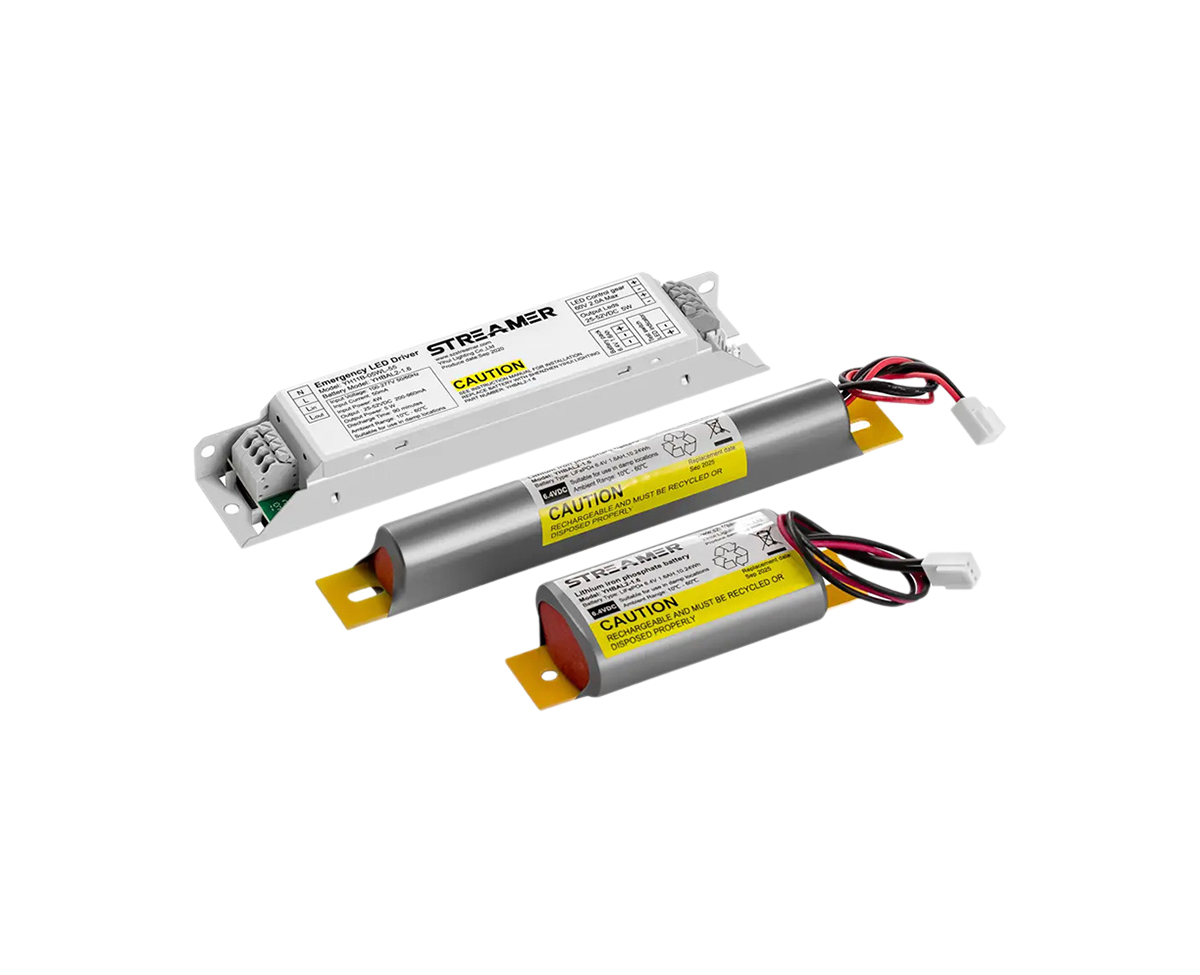 1
1
 May 05, 2025
May 05, 2025

Brightness parameter standards for emergency drivers are essential to ensure the effectiveness and reliability of emergency lighting systems. These standards are established to guarantee that emergency lights can adequately illuminate critical areas during power outages or other emergency situations, facilitating safe evacuation and ensuring the visibility of important safety signs and equipment.
One of the primary brightness parameters is luminous flux, which measures the total amount of visible light emitted by the emergency light. For different types of emergency lighting applications, specific luminous flux requirements are set. In large - scale public buildings such as airports, stadiums, and shopping malls, emergency lights are typically required to have a relatively high luminous flux to cover vast areas. For example, exit signs and path - marking lights in these buildings may need to emit a luminous flux sufficient to be clearly visible from a long distance, often specified in lumens (lm). Standards may dictate that exit signs should have a minimum luminous flux to ensure that they are legible even in smoky or low - visibility conditions.
Another crucial parameter is illuminance, which refers to the amount of light incident on a surface. Illuminance is measured in lux (lx). In corridors, stairwells, and other areas designated for evacuation, there are specific illuminance standards that emergency lights must meet. For instance, in a typical commercial building, the illuminance on the floor along the evacuation route should be at least a certain number of lux, usually ranging from 1 - 5 lx, depending on the building's occupancy type and local regulations. This ensures that people can safely navigate through the building during an emergency without tripping or getting lost.
The brightness stability of emergency drivers is also an important aspect of the standards. Emergency lights should maintain a consistent brightness level throughout the emergency operation period, which can range from a few minutes to several hours, depending on the application. Standards may require that the brightness of the emergency light does not drop below a certain percentage of its initial value within a specified time frame. Additionally, parameters related to the start - up time of the emergency driver, i.e., how quickly the light reaches its full brightness after a power failure, are also defined. A short start - up time is crucial to ensure immediate visibility during an emergency. These comprehensive brightness parameter standards are regularly updated and refined to adapt to new lighting technologies and changing safety requirements, ensuring that emergency lighting systems remain effective and reliable.